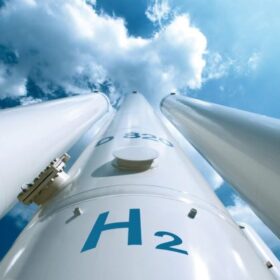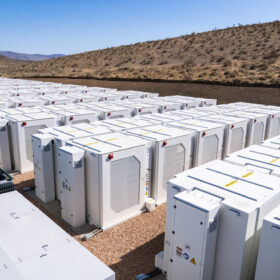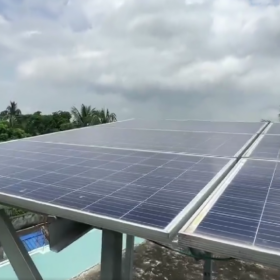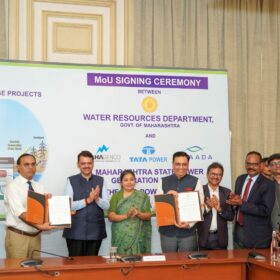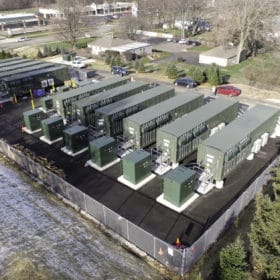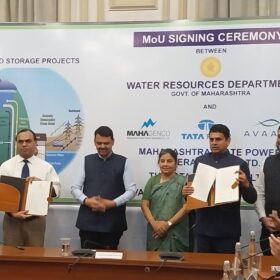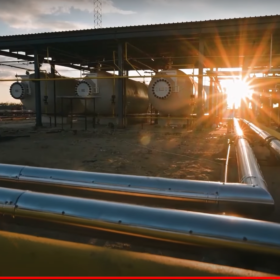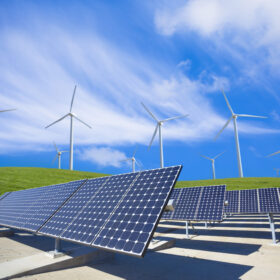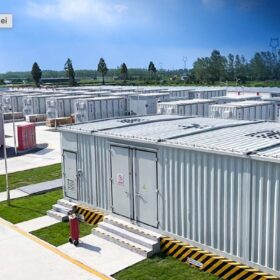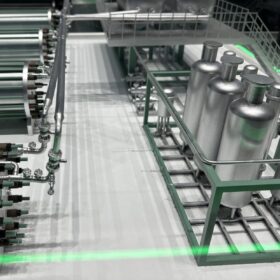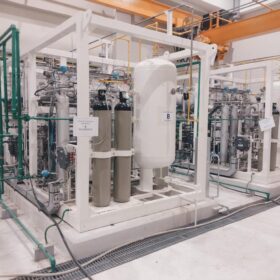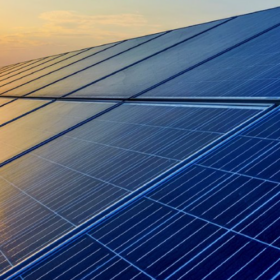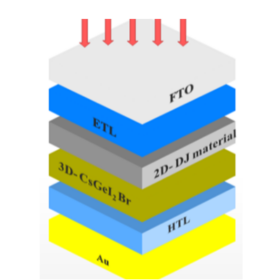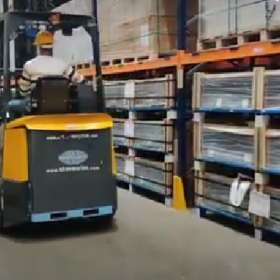Gensol Engineering, Matrix Gas consortium wins 237 MW hydrogen electrolyser manufacturing capacity under PLI Scheme
Gensol Engineering Ltd, in collaboration with Matrix Gas and Renewables, has emerged as a winner bidder for 237 MW of annual electrolyzer manufacturing capacity under the government’s production-linked incentive (PLI) scheme. With this, it has secured a cumulative 300 MW capacity under the PLI tender launched by Solar Energy Corp. of India (SECI), including 63 MW awarded in the first round.
India’s renewable energy storage capacity to surge 6 GW by fiscal 2028
Ratings agency Crisil expects India’s renewable energy (RE) storage capacity to surge 6 GW by fiscal 2028 driven by a healthy pipeline and government push towards renewables boosting adoption.
Distributed or utility-scale solar?
The choice between distributed and utility-scale solar often comes down to balancing these benefits based on the specific context, goals, and constraints of a project or region. In the Indian context, a balanced approach that leverages the strengths of both models is essential.
Tata Power signs MoU for 2.8 GW pumped hydro storage in Maharashtra
Tata Power has signed an agreement with the state government of Maharashtra to develop two large pumped hydro storage projects with a combined capacity of 2.8 GW in the state.
Uttar Pradesh launches 1.2 GWh battery storage tender
Uttar Pradesh Power Corp. Ltd (UPPCL) has invited bids from developers to set up 1,200 MWh (300 MW x 4 hours) of standalone battery energy storage systems for on-demand use during peak and off-peak hours. It will enter into a battery energy storage purchase agreement with the successful developers.
GSECL secures PPA for 35 MW/57 MWh solar-plus-storage project
Gujarat State Electricity Corp. Ltd has secured a power purchase agreement with Gujarat Urja Vikas Nigam Ltd for its 35 MW solar PV with 57 MWh battery energy storage project.
Avaada Group signs MoU for 2.75 GW of pumped storage projects in Maharashtra
Avaada Group has signed an agreement with the Government of Maharashtra for the development of two pumped storage projects with a combined capacity of 2.75 GW in Maharashtra.
The Hydrogen Stream: Clean ammonia supplies set to soar, says BNEF
BloombergNEF says clean ammonia supplies could expand by 30 times to 32 million tons by 2030, while MAX Power Mining has roughly tripled the size of its Rider Natural Hydrogen Project in western Canada.
India 2024-25 budget: A strategic and holistic focus on energy sector
India’s 2024-25 budget reflects a strategic and holistic approach to the energy sector, emphasising sustainability, innovation, and energy security. By promoting pumped storage, advancing nuclear technology, transitioning to emission targets, and supporting renewable energy and energy efficiency, the budget lays a strong foundation for a sustainable and resilient energy future
Sineng Electric launches world’s largest sodium-ion battery storage project
Sineng Electric’s 50 MW/100 MWh sodium-ion battery energy storage system (BESS) project in China’s Hubei province is the first phase of a larger plan that will eventually reach 100 MW/200 MWh. The initial capacity has already been connected to the grid and can power around 12,000 households for an entire day.
